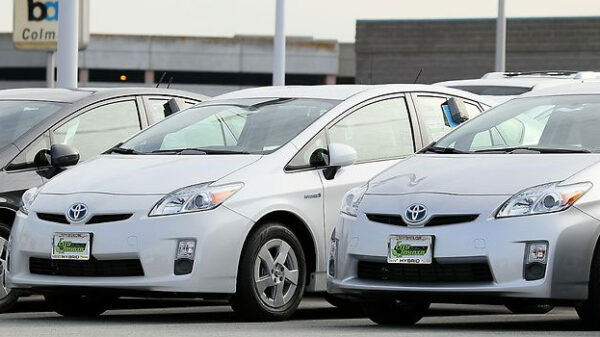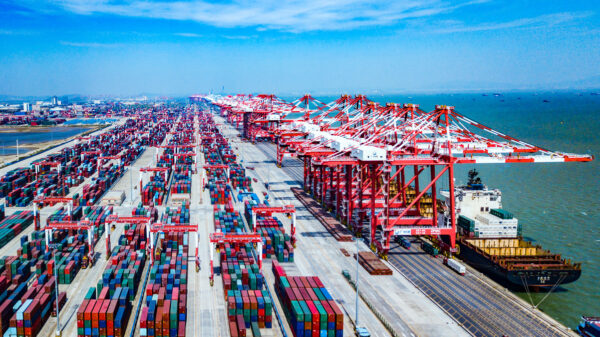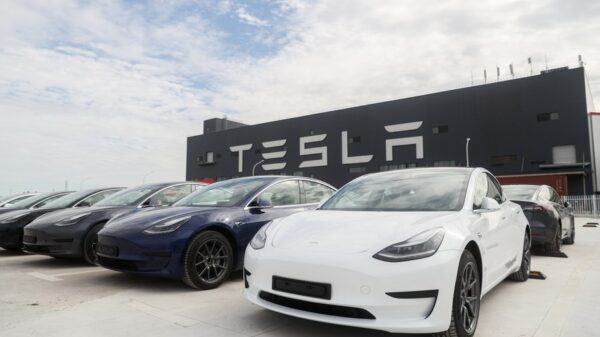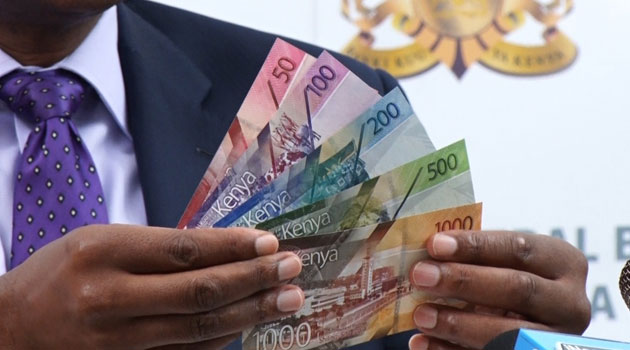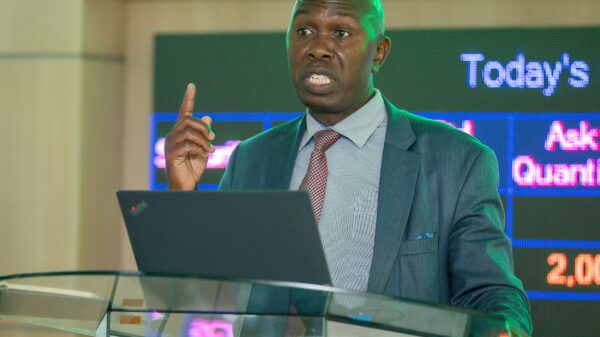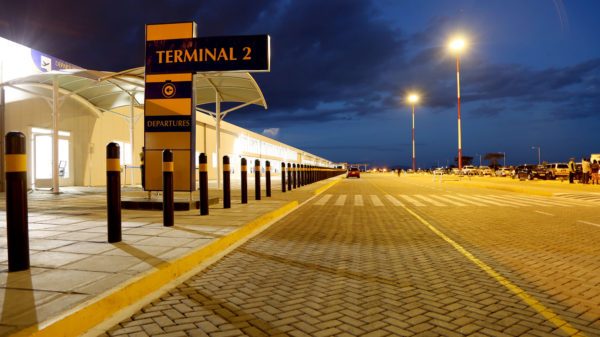NAIROBI, Kenya, April 9 – The industrial sector is leading in electricity consumption, with 2,706.62 gigawatt hours (GWh) representing 51.99 percent of the total consumption amid supply chain recovery in Kenya’s economy.
This is according to the Energy and Petroleum Regulatory Authority’s (EPRA’s) Energy and Petroleum Statistics Report, covering the first half of the financial year 2023-2024.
It is followed by the domestic sector, which has 1,593.33 GWh (30.72 percent), and commercial (SMEs) at 943.04 GWh (18.08 percent).
Street lighting and electric mobility recorded the lowest electricity consumption with 56.48 GWh (1.09 percent) and 0.32 GWh (0.01 percent), respectively.
The report also highlighted energy consumption by region, where Nairobi was the highest consumer of electrical energy, utilizing 2,293.95 GWh. This constituted 44.07 percent of the country’s total energy consumption.
“Covering parts of Kajiado, Machakos, and Makueni Counties, the region stands out with its dense concentration of large and medium industries, micro and small enterprises, making it the commercial hub of both the country and the East African Community (EAC) region,” the report stated.
The Coast region ranked second in energy consumption, utilizing 930.05 GWh, which constituted 17.87 percent of the country’s total energy consumption.
The Rift Valley region accounted for 13.55 percent of the total consumption, utilizing 705.48 GWh of electrical energy.
North-Eastern and Mt. Kenya regions contributed 10.78 percent and 6.47 percent to the overall consumption, respectively, while West Kenya and South Nyanza regions reported the lowest consumption percentages, representing 5.35 percent and 1.92 percent of the total consumption, respectively.



